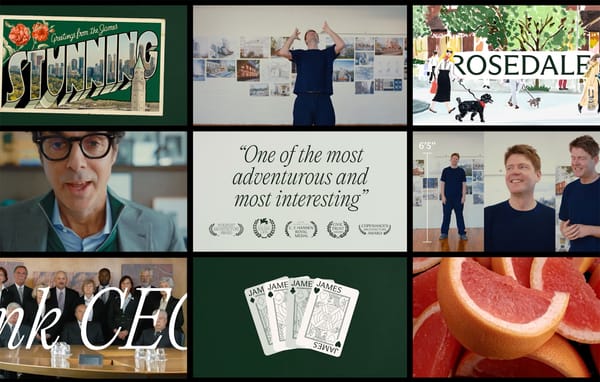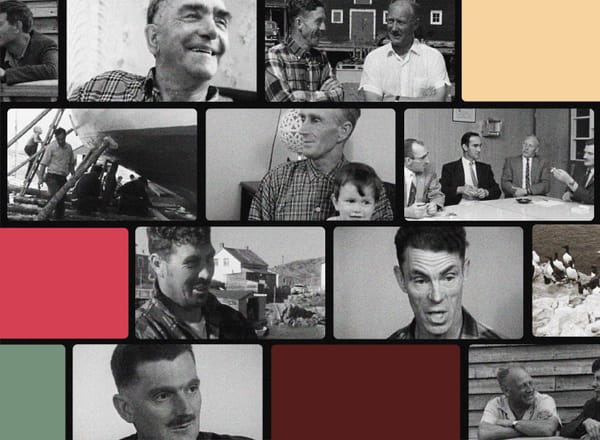Anatomy of a Story
How story is the new strategy

The ubiquity of the word story renders it somewhat invulnerable to curiosity. How can we see any new opportunity in a concept that’s so central to our lives and the ways we think? The familiar definition evokes entertainment and implies a fictional account of something, which is likely why we have not built wide-ranging ways of thinking about stories that make them more central to the “important” work of shaping our world.
But if we start with first principles, the etymology of the word finds its origins in Latin and Greek. The English word originates from the word historia, which means “narrative, account, or history.” The Latin was borrowed from Greek and originally meant “learning through inquiry.” Fundamentally, the word’s origin is a verb—historein—which means “to inquire.”
How do stories help us make sense of the world? Is there an underlying logic in how the best stories are structured that we can apply to practical problems? What if the mechanics of storytelling can go beyond entertainment and serve as a practical framework for problem solving?
The Elements of Story
The basics of storytelling typically consist of eight features: character, setting, plot, conflict, theme, point of view, tone and style, and structure and form. Interestingly, these features map neatly onto a typical brand positioning framework (which is the tool traditionally used to help define an organizational vision and mission).
Character = Audience.
Setting = The organizational description.
Plot = The purpose and ambition.
Conflict = The forces or threats resisting change.
Point of view, tone, and style = Tone of voice.
Structure and form = The format the positioning itself is delivered within.
The challenge faced by most typical positioning frameworks is resonance. After a century of the scientific method as driver for the administration of business, we have expelled emotion from the boardroom, town hall, and public square in any work we deem to be strategic.
But even the science proves that emotions are central to how human beings make decisions. The Somatic Marker Hypothesis, proposed by neuroscientist Antonio Damasio, posits that emotions guide decision-making by attaching emotional significance to different options. Those “somatic markers” influence our choices.
Famously, Damasio worked with patients who had damage to the ventromedial prefrontal cortex region of the brain. This part of the brain is crucial for processing emotions. Individuals with damage in that specific area struggled with decision-making even though all their intellectual faculties were intact.
Returning to the elements of a positioning framework through the lens of story, we see nuanced opportunities to add more emotional resonance in the otherwise typically intellectual categories.
From Audience to Character
Evergreen, a Toronto-based nonprofit that spearheads the development of inclusive and climate-ready public spaces for the city, is in the process of championing a linear park that would consist of ravine spaces, seventy-two kilometers of bicycle and walking trail, multiple cultural nodes, and community focus areas. The loop trail is mostly in place and embraces the city core along the waterfront, up the Don Valley, across the Finch Corridor, and down the Humber River Valley. One challenge is in creating a point of view, a position, for this new and old entity. What is it? Who uses it? How do they use it? The goal is to give shape to this place both physically but also in the minds of all the people who will use it.
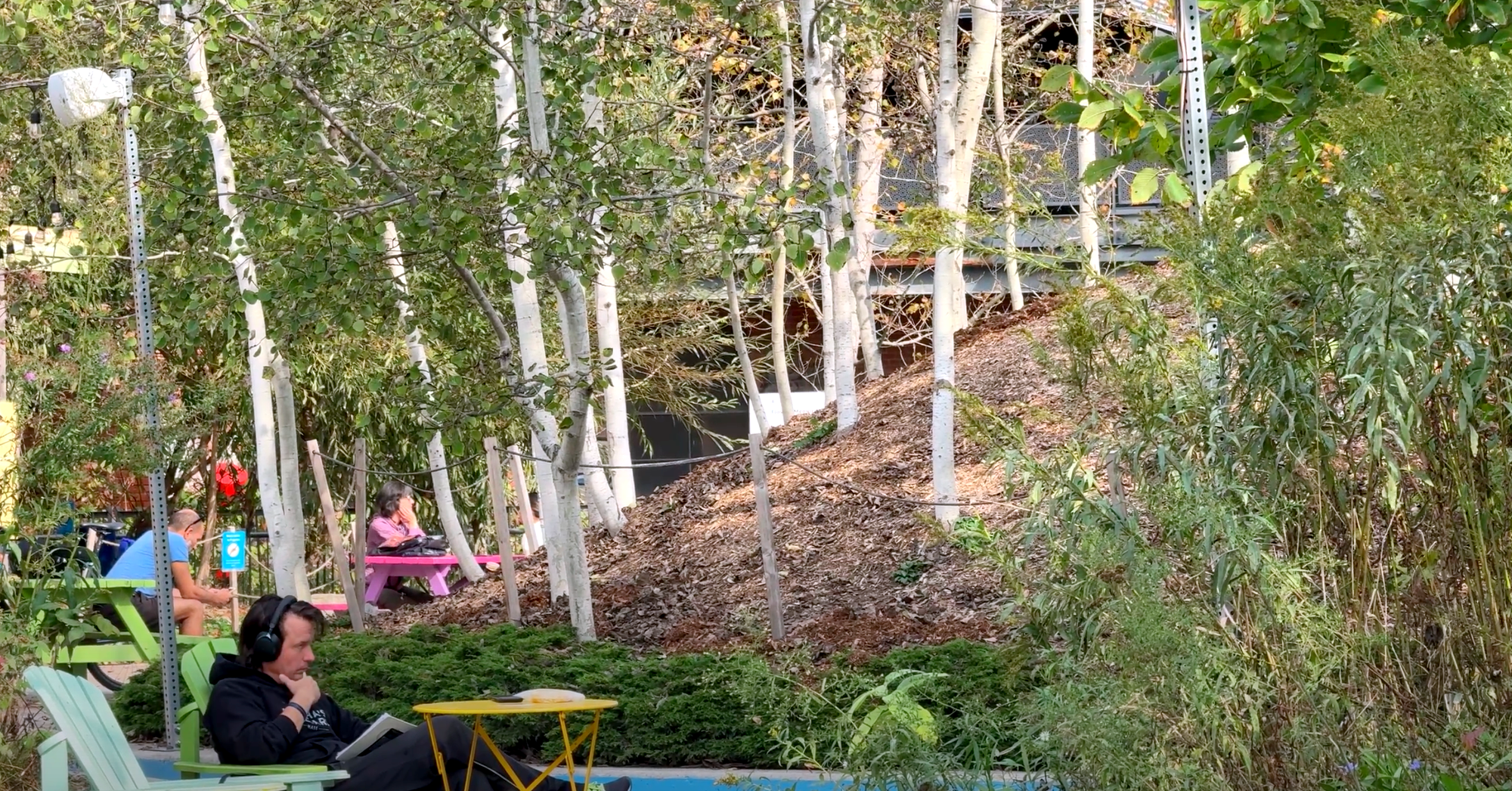
It's one thing to call those people the audience, as we might do in traditional positioning work. But if your audience is a character, then they are more easy to relate to. For our collaboration with Evergreen, an audience may consist of a range of demographics throughout the city. But if we think of the audience as a set of characters, we allow for their rich, multivalent humanity and all their inherent conflicts and dynamism. An audience passively watches. A character is an active agent in an environment. There are some existing tools that do this. The “Personas” tool is intended to identify archetypes that represent the kinds of people who will interact with something. But they also tend to be passive creations. A character is unpredictable.
From Threats to Conflict
A threat is one of the classic quadrants in a SWOT analysis that balances the shorthand tool used to ascertain the Strengths, Weaknesses, Opportunities, and Threats of a given business decision. Every good positioning framework acknowledges the barriers to success. But the act of creating a SWOT analysis is typically clinical in nature and abstracted from the on-the-ground reality of a given situation. If we think of the threat as a conflict, then it becomes more dynamic. A conflict implies exchange, opposing forces in dialogue, and a time horizon. There will be a start to a conflict, and likely an end.

If you were to apply the threats lens to the Loop Trail, you’d end up with things like budgetary constraints, community support, and regulatory challenges. These are, of course, all genuine threats. But, presented as such, they become monolithic obstacles. When seen as conflicts, they become themes of exchange. There are people on the other sides of those threats who are not without just concern. And while a threat is something to be defended against, a conflict is something to engage with. It’s a mindset shift, but an important one.
From Purpose and Ambition to Plot
“Vision” and “mission” are typical terms for positioning work. Our practice moved away from them in favour of “purpose” and “ambition” for a couple of reasons. The first is that we’ve collectively become highly suspicious of the words “vision” and “mission.” They are so overused they’ve become trite and cliché. But even “purpose” and “ambition” have moved into the realm of the eye roll. They’re often dismissed as nothing more than marketing speak. They’re too often seen as “pretty words” with no gravity or genuine effect. Strategic stories go beyond pretty words. And the plot of a story is its heart.
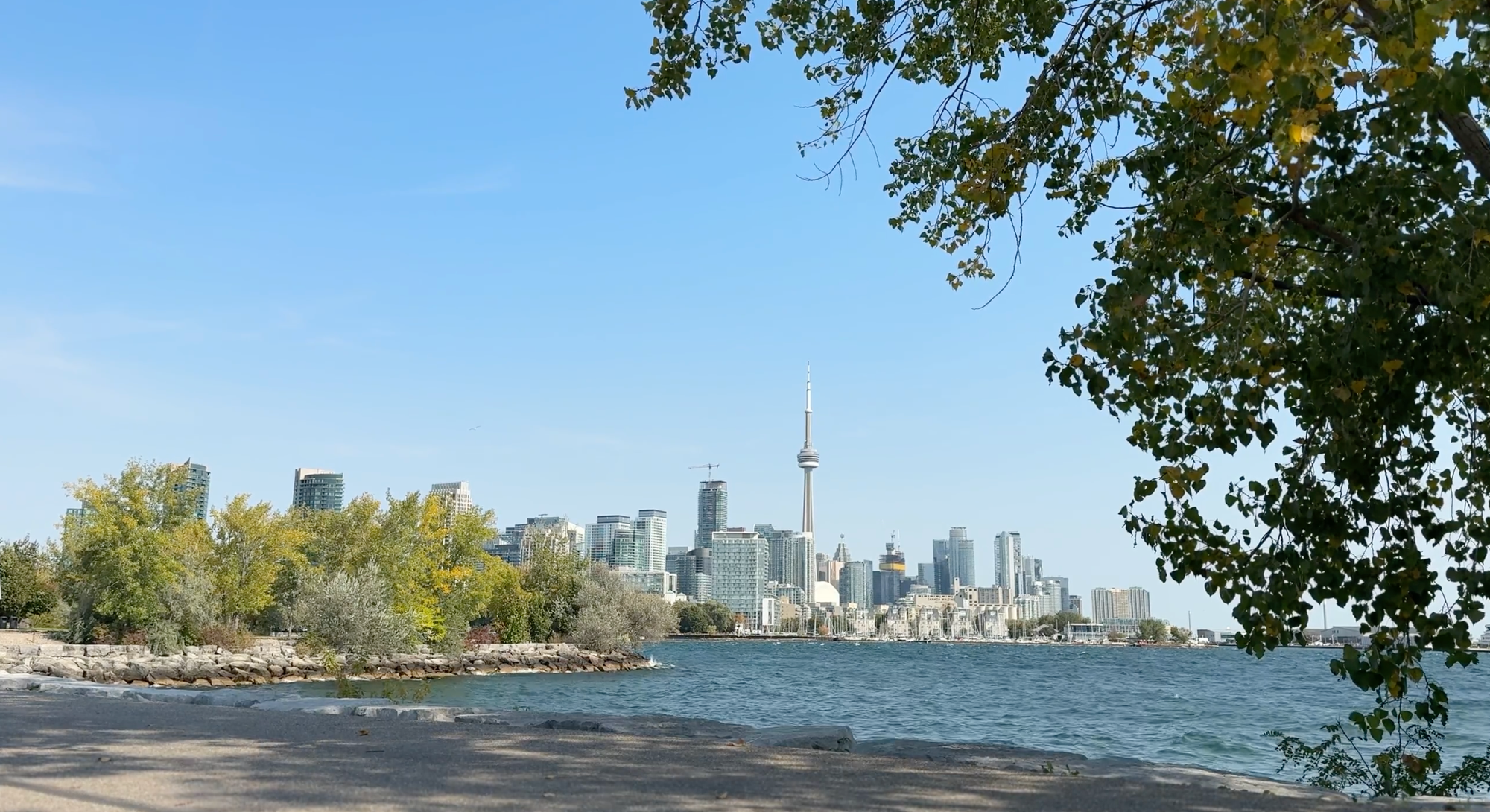
By definition, a plot is an arrangement of incidents in a narrative, typically organized around a conflict and resolution. It’s the backbone and framework that guides the unfolding of a story. For the Loop Trail, the plot consists of the following:
The Exposition: Toronto has one of the world’s biggest urban-ravine networks, but it’s underused. They’re hard to access, are inconsistent in their condition, and lack stewardship.
The Inciting Incident: The city is under climate, urban-development, and social-inequity pressures. The ravine could be a unified, accessible green infrastructure. As part of the City's far-reaching Ravine Strategy, a plan has emerged to reimagine the ravine as a new connecting loop that provides an inclusive and resilient entity to for the city’s health and future.
Rising Action: Evergreen, the City, the Toronto and Region Conservation Authority, the Toronto Foundation, and various community organizations join the effort. Environmental assessments, design, engagement, and feasibility work begin but challenges also arise as funding hurdles, environmental sensitivities, jurisdictional overlap, and local resistance get in the way.
Climax: A good climax envisions possible barriers as a way to prepare for and mitigate against them. Imagine a critical part of the plan faces opposition or a funding crisis to a degree that the project is in threat of collapse and risks losing momentum. Imagine public support is mobilized and political pressure mounts. A breakthrough leads to a compromise and a major grant.
Falling Action: Construction begins in key sections. Pilot projects receive positive reception and prove that the idea can work. The community gets more deeply involved. Schools, artists, neighbours, and volunteers take part and help shape the trail’s identity.
Resolution: The first completed sections link neighbourhoods, improve mobility, and enhance resilience. The trail becomes a global symbol of urban renewal valued for transportation, recreation, equity, and climate adaptation. The vision is realized: a living infrastructure that reconnects people with nature, and with each other.
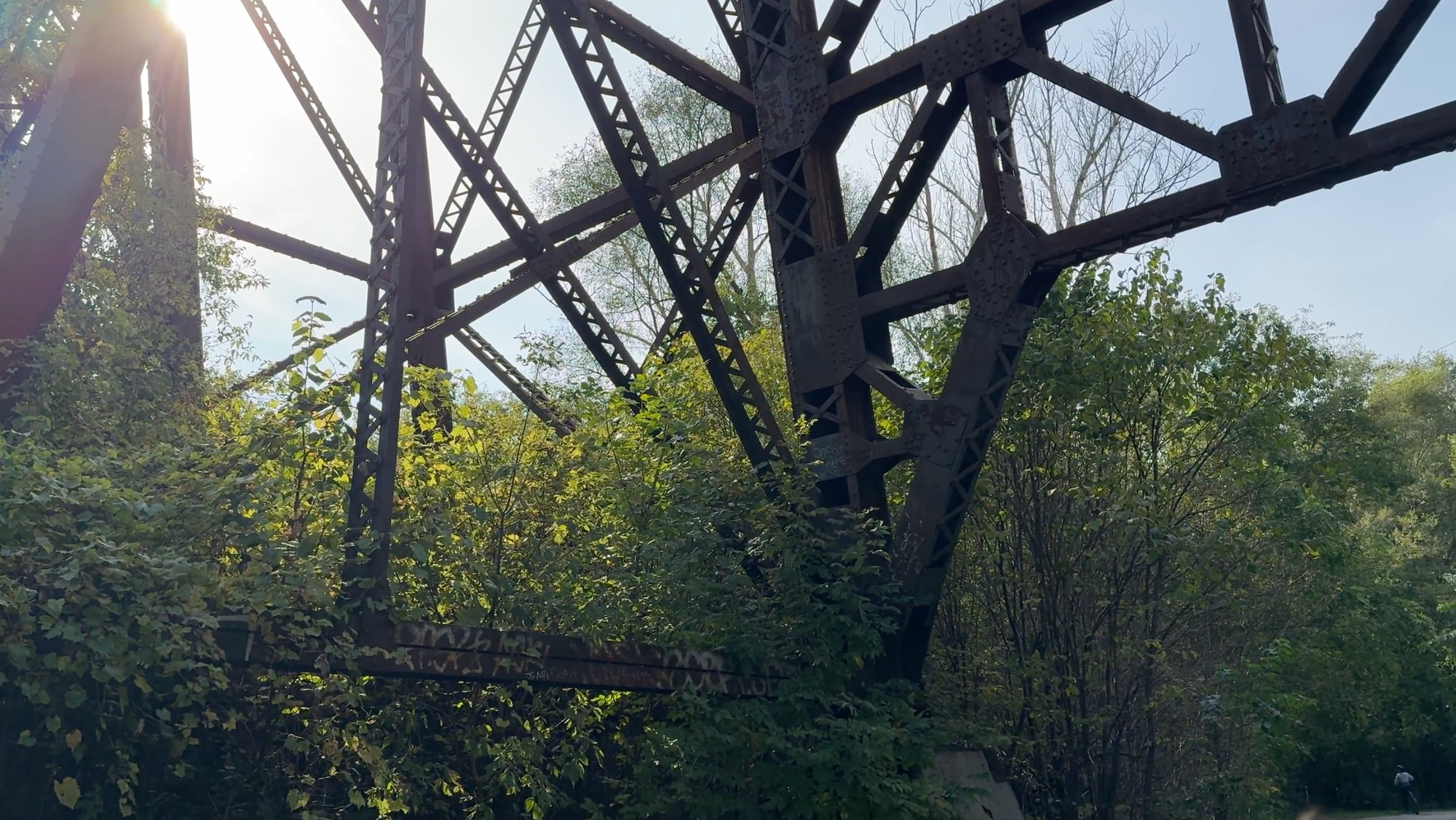
Human beings are wired for story. Our sense of curiosity, our love of mystery, and our attraction to tension are features, not bugs. The complete Loop Trail story has not yet happened, but writing it as though it has is a critical step in making an invisible ambition into a tangible reality that can be acted upon. By shifting our thinking from positioning frameworks to strategic stories, we can employ a method for inquiring about new potential futures that recognizes the practical needs for our ambitions while accepting and embracing the human qualities that move people to action.

